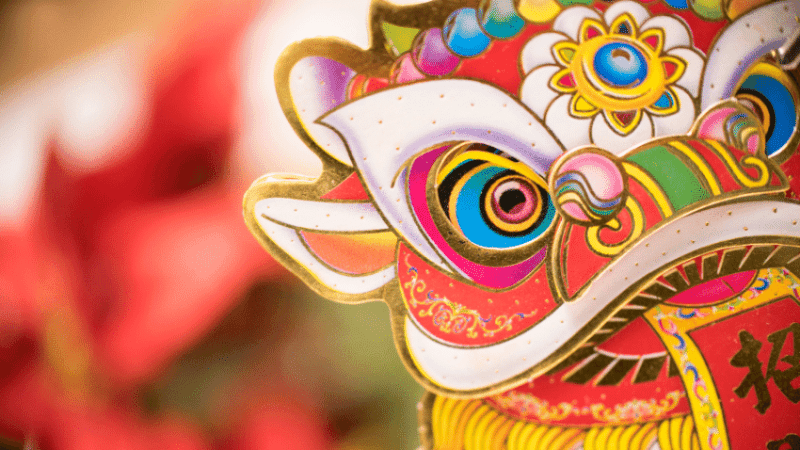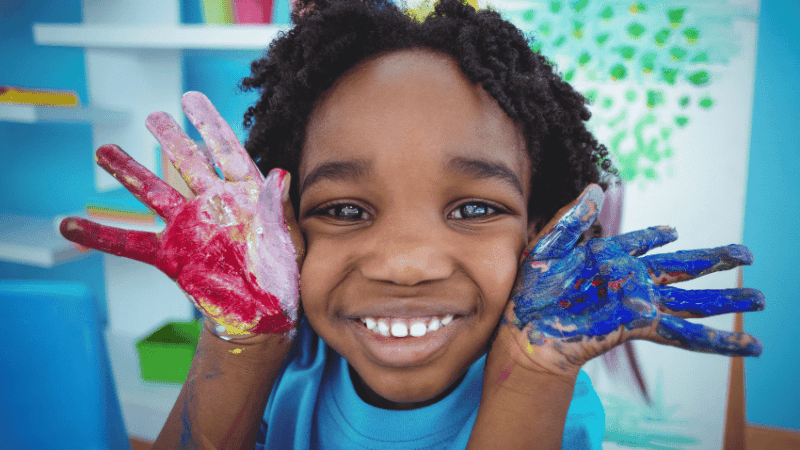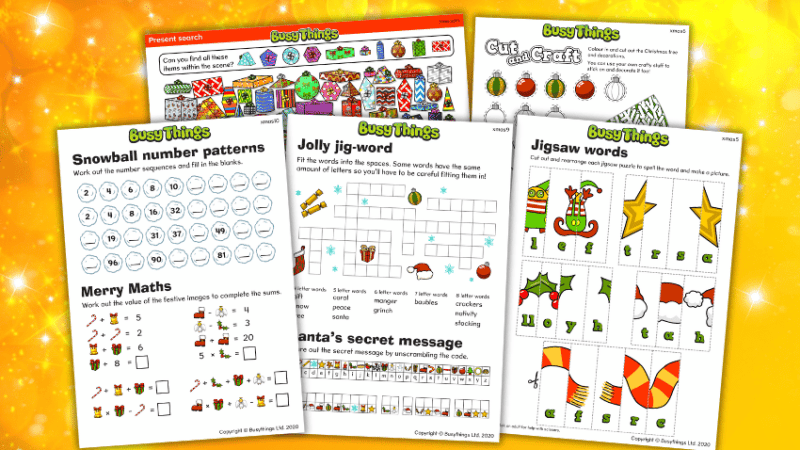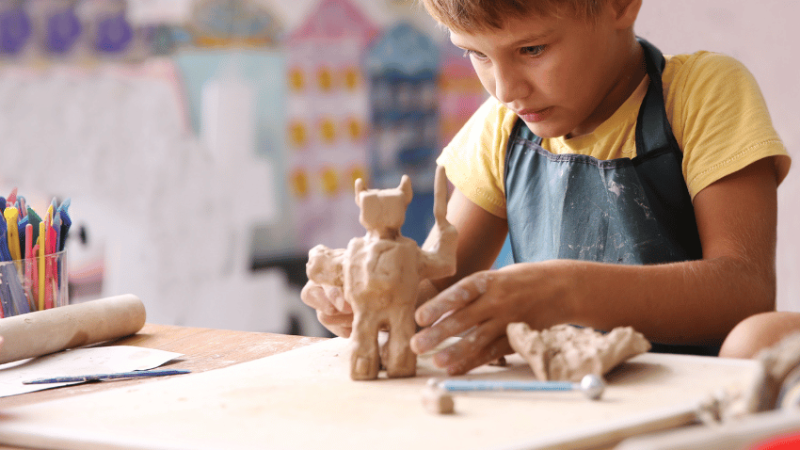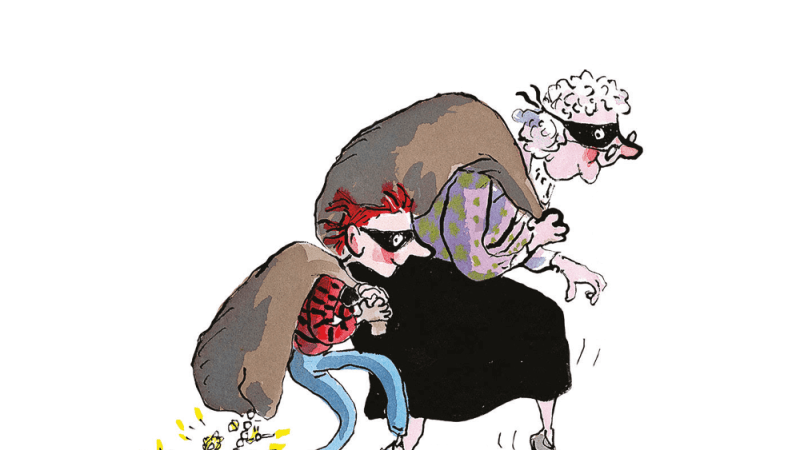Art assessment – How to track progress in primary
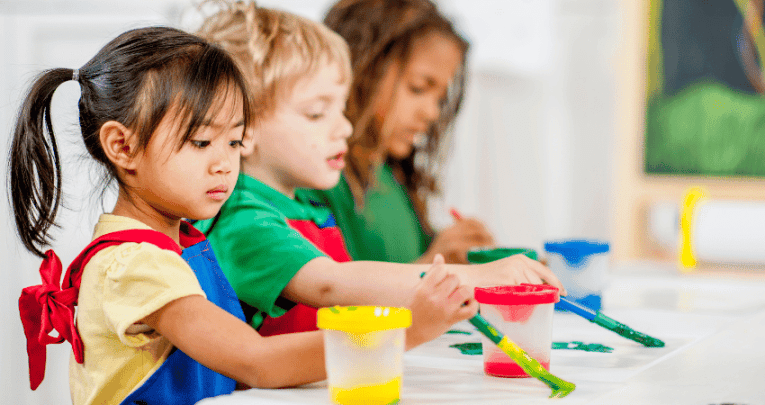
Adele Darlington explores ways to track pupil progress without stifling enthusiasm, creativity or confidence…
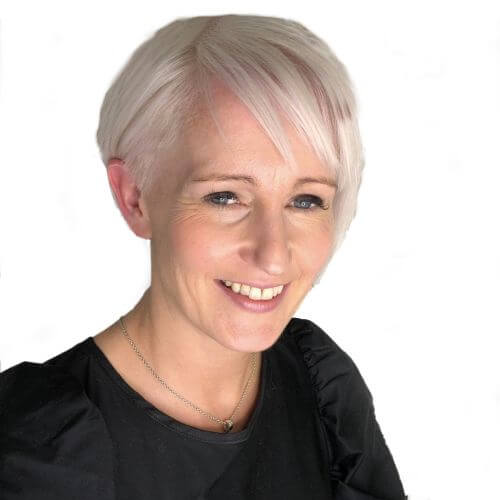
- by Adele Darlington
- Primary art consultant, teacher and author with over 20 years' experience
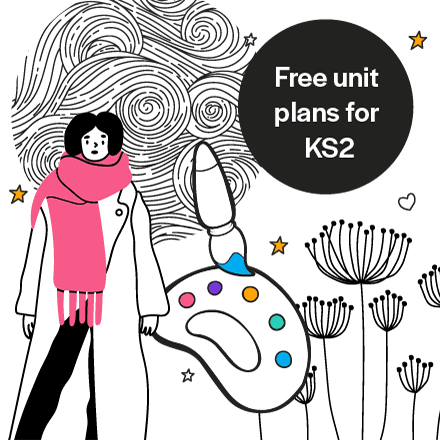
The idea of art assessment – having a work of art marked, or a sketchbook exploration critiqued – can thwart some children’s desire to explore, experiment and take risks.
There is a need to approach art assessment carefully, with a specific purpose in mind and with a clear understanding of its subjective nature.
The art world is huge, encompassing a multitude of disciplines, tools and media. Often, artists develop love and expertise in only a few areas of this vast expanse.
So to attempt to assess and label a child’s achievement across the whole art spectrum seems out of touch with the subject in the real world.
Different strokes
One child may excel in creating detailed life-like observational drawings but struggle to think creatively. Another may have amazing abstract visions, telling incredible stories with a brush and paint but find the mastery of sketching techniques a challenge.
So, how do we decide which one is the better artist? We don’t! That would be like comparing celebrated artists such as Pablo Picasso, Frida Kahlo, Alma Thomas, Amoako Boafo or Kelvin Okafor.
They’re all worthy of praise and admiration in their own right, but it’s impossible to claim one is better or more talented than the other. Aside from their skills, the artwork is seen differently by different people.
With this in mind, it’s essential that we value and celebrate each child’s personal progress and successes. We need to admire and support the unique journeys of our developing artists.
Art assessment
The fact that there are no national exemplifications when it comes to art assessment makes it difficult to shoehorn pupils into attainment categories as would happen in other areas of the curriculum.
But assessing, knowing and understanding our pupils as artists is still necessary; just different. It helps us celebrate achievements, recognise strengths, widen skillsets and plan for progression – but all without labelling children as working towards, expected or greater depth.
We need to be aware of each child’s starting point and work with them through careful art assessment and feedback to help them progress.
In primary art and design, there are a few key areas that pupils should make progress in. These are where teachers need to focus their art assessment.
It’s important that we teach pupils specific skills in using tools and media, as well as a selection of different artistic processes, in at least the disciplines of drawing, painting and sculpture.
Alongside these skills and processes, children also need to be able to articulate themselves as artists using subject-specific vocabulary and with disciplinary understanding.
It also goes without saying that we want children to retain key knowledge relating to the theoretical aspects of the subject, such as artist names, artworks or art styles.
Sketching it out
When planning to teach units of work, be clear what it is you want pupils to achieve. What are the expectations of pupils during each lesson? What do you want them to be able to do by the end of an entire learning sequence?
Being specific will help you measure achievement and give focus. When organising lessons, think carefully about this art assessment focus: what do you want to know and how are you going to find it out?
Is it through conversations, observations, a look at outcomes or a mixture of all of these approaches?
It’s also important to think about whether you want to assess the whole cohort you’re teaching, or just a specific group of pupils.
If it’s the latter, make sure you have pupils on a rotation so that you don’t assess the same children in depth each week.
Portrait of the artist
To develop a picture of the whole child as an artist, it’s essential to carry out a blend of both formative and summative art assessments.
Week by week, during art sessions, tune into peer-to-peer conversations and listen out for art talk. Are children discussing ideas, techniques and processes? Are they using subject-specific vocabulary?
Having a notebook or feedback journal open on your desk to make notes in can be useful. Tune into the objectives of each session when assessing, but also to the wider notion of the subject and what it means to work as an artist.
Circulate the classroom and join in with conversations. Effective questioning can help you deduce the knowledge and understanding pupils have acquired during the session and retained from previous ones. It will also highlight any gaps that need addressing or revisiting.
It may sound obvious, but observing pupils at work tells you so much about their artistic abilities.
Process vs product
Remember, in art, the process is just as important as the product when it comes to the development of skills and techniques.
Watch how your pupils handle tools and materials, apply what they’ve been taught, and approach exploration and experimentation. Do they learn from others, drawing on what they have seen then adding a personal twist to their artwork?
Make notes and step in to support development where appropriate. Try to avoid telling pupils what they should do.
In conversation, make suggestions for next steps and ask pupils if they thought about trying something different.
This adds a more positive twist to feedback, celebrates what they have already achieved and puts pupils in charge of their own journeys.
Making notes
Sticky notes can be your best friend during art assessment. Make notes of conversations and observations and add them to your feedback journal or stick them into pupils’ sketchbooks.
They won’t deface the children’s work in the same way that writing on the pages would, and you can even purchase tracing paper sticky notes!
The scrutiny of a final piece of artwork can tell you a lot about a pupil as an artist, but it’s important to remember it won’t tell you everything.
If during a sequence of learning you want pupils to learn to mix different tints and shades of a colour and then they use them in a final piece, then you can be confident they have achieved that objective.
However, looking at a final piece in isolation will not tell you if that same pupil can articulate the process they went through to get those colours. Nor will it tell you whether they can use subject-specific vocabulary to describe them.
This is why it’s important to do art assessment in a variety of ways. A final piece, in collaboration with discussions with its creator, a study of their sketchbook journey and observations of them at work will provide a true all-round picture of them as an artist.
Art assessment advice
- Know your why. What is the purpose of the art assessment you’re planning? What is it going to tell you about a pupil? How will you use this information to aid progression? Don’t assess for the sake of assessing!
- Vary your assessment methods. Each one is useful in informing you of different aspects of a child’s artistic persona. Using a variety of methods over time helps build a wider picture of pupils as artists.
- Vary the focus of your assessment. Don’t just look at particular skills or the retention of art history facts. Art is bigger than that and narrowing assessment doesn’t do the subject, or your artists, justice.
- Each child’s starting point is different. They are all on individual artistic journeys and progress will differ between pupils.
- Assessment and feedback go hand in hand. There’s no point assessing art if you aren’t going to share your findings with the children. Think of Ron Berger’s Austin’s Butterfly: effective feedback should be kind, specific and helpful!
- Use feedback time as an opportunity to encourage and motivate. Focus positively on next steps and moving learning on.
- Give enough time. When assessing in the moment, and advising pupils on next time, make sure you actually do give them a next time to explore in!
- Art is subjective. It is an expression of an individual’s thoughts and feelings. Look at pupils’ artwork through understanding and impartial eyes; don’t be swayed by your own artistic preferences.
Adele Darlington is an experienced teacher, art lead and primary art consultant. She is also the author of the Bloomsbury title 100 Ideas for Primary Teachers: Art.


